Home>Home Appliances>Home Automation Appliances>How To Turn Off Profanity Filter On Alexa
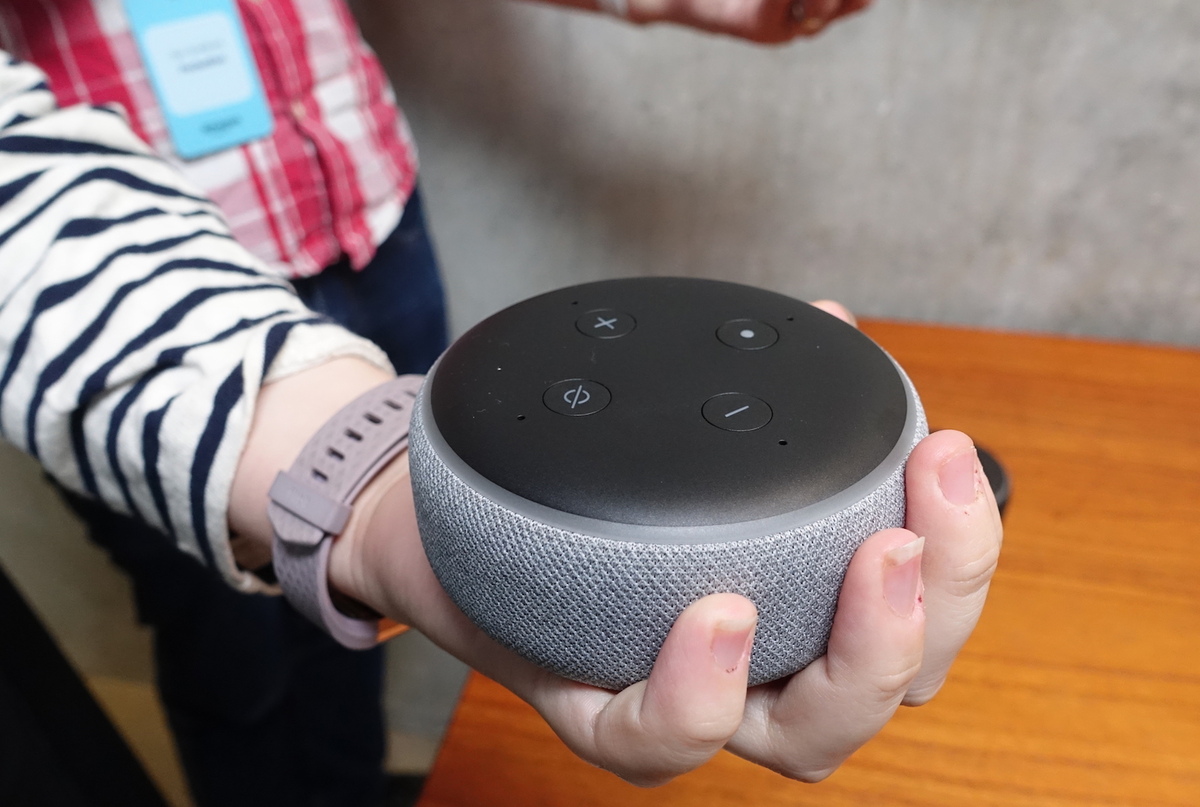

Home Automation Appliances
How To Turn Off Profanity Filter On Alexa
Modified: October 21, 2024
Learn how to disable the profanity filter on Alexa for a seamless home automation experience. Take control of your home-automation appliances with these simple steps. Unlock the full potential of your Alexa device now!
(Many of the links in this article redirect to a specific reviewed product. Your purchase of these products through affiliate links helps to generate commission for Storables.com, at no extra cost. Learn more)
Introduction
Welcome to the world of smart home technology, where virtual assistants like Alexa have become integral parts of our daily lives. These voice-activated devices have revolutionized the way we interact with our homes, offering convenience, entertainment, and assistance at our beck and call. However, one common concern among users is the profanity filter, which is designed to censor explicit language and ensure a family-friendly experience. While this feature is well-intentioned, some users may prefer to have more control over the content their virtual assistant filters.
In this article, we will delve into the intricacies of the profanity filter on Alexa and explore the steps to disable it. By understanding the nuances of this feature and the potential implications of turning it off, you can make an informed decision that aligns with your preferences and household dynamics. Whether you’re a tech-savvy enthusiast or a casual user, this guide aims to empower you with the knowledge to customize your Alexa experience according to your unique needs and preferences.
Key Takeaways:
- Customize Alexa’s profanity filter to control the language it responds to, but consider the impact on family-friendly environments and engage in open dialogue with other users.
- Turning off Alexa’s profanity filter gives you more control, but be mindful of potential risks like exposing others to explicit content and considerate of diverse household preferences.
Read more: How Do You Turn Off Explicit Filter On Alexa
Understanding the Profanity Filter on Alexa
Before diving into the process of turning off the profanity filter on Alexa, it’s essential to grasp the role and significance of this feature. The profanity filter serves as a safeguard to prevent Alexa from uttering or responding to explicit language and potentially offensive content. This is particularly crucial in households with children or in public settings where maintaining a family-friendly environment is a priority.
When the profanity filter is active, Alexa will automatically censor or refrain from responding to explicit language, ensuring that the interactions remain respectful and suitable for users of all ages. This feature aligns with Amazon’s commitment to providing a safe and inclusive experience for all Alexa users, regardless of their age or background.
It’s important to note that the profanity filter is designed to uphold certain standards of communication within the smart home ecosystem. By filtering out explicit language and sensitive topics, Alexa aims to foster a welcoming and respectful environment for all users. However, this filtering mechanism may not always align with the preferences and dynamics of every household, prompting some users to seek ways to customize their Alexa experience.
As we explore the process of disabling the profanity filter, it’s crucial to consider the implications and potential consequences of doing so. By gaining a deeper understanding of the profanity filter’s purpose and impact, users can make informed decisions that align with their values and household dynamics.
Steps to Turn Off the Profanity Filter
For users who wish to customize their Alexa experience by disabling the profanity filter, Amazon provides a straightforward process to modify this setting. Keep in mind that this adjustment grants more freedom in the content that Alexa may respond to, so it’s essential to consider the implications, especially in households with children or in shared spaces. Here are the steps to turn off the profanity filter on Alexa:
- Open the Alexa App: To begin, ensure that you have the Alexa app installed on your smartphone or tablet. Launch the app and log in to your Amazon account associated with your Alexa device.
- Access Settings: Once you’re logged in, navigate to the “Settings” menu within the Alexa app. This is typically represented by a gear or cog icon and is where you can manage various preferences and configurations for your Alexa-enabled devices.
- Select Your Device: Within the Settings menu, choose the specific Alexa-enabled device for which you want to modify the profanity filter setting. If you have multiple Alexa devices, ensure that you select the one for which you intend to disable the profanity filter.
- Open Device Settings: After selecting the desired device, locate and select the “Device Settings” option. This will lead you to a menu where you can adjust specific configurations and preferences for the chosen Alexa device.
- Modify Language and Profanity Filter: Within the Device Settings menu, look for the language and profanity filter settings. Depending on your device model and region, this option may be found under different submenus such as “Language,” “Voice Responses,” or “Accessibility.” Once located, you can proceed to disable the profanity filter setting by following the on-screen instructions.
- Confirm Changes: After disabling the profanity filter, review and confirm the changes to ensure that the setting has been successfully updated. This step helps prevent any accidental modifications and allows you to verify that the profanity filter is indeed turned off for the selected Alexa device.
It’s important to approach the process of turning off the profanity filter with careful consideration, especially in shared environments where diverse preferences and sensitivities may be present. By following these steps, users can exercise greater control over the content that Alexa may respond to, but it’s crucial to weigh the potential implications and communicate openly with other users who share the same Alexa devices.
To turn off the profanity filter on Alexa, open the Alexa app, go to Settings, select the device you want to adjust, and then toggle off the “Explicit Language Filter” option.
Potential Risks and Considerations
As with any customization that involves altering the default settings of a digital assistant, turning off the profanity filter on Alexa comes with certain risks and considerations that users should carefully evaluate. By understanding the potential implications of this modification, users can make informed decisions that align with their household dynamics and values. Here are some key considerations to keep in mind:
- Family-Friendly Environment: Disabling the profanity filter may lead to Alexa responding to explicit language or sensitive content, which can compromise the family-friendly environment that many users strive to maintain. In households with children or in shared spaces, it’s crucial to consider the potential impact of unfiltered interactions on different age groups and sensitivities.
- Privacy and Respectful Communication: Alexa’s profanity filter not only screens explicit language but also helps maintain a respectful and inclusive communication environment. By turning off this filter, users may inadvertently expose themselves and others to content that is not in line with their privacy or communication preferences.
- Open Dialogue and Consent: In shared living spaces or among multiple users, it’s essential to engage in open dialogue and obtain consent before disabling the profanity filter. Respecting the preferences and sensitivities of all users ensures a harmonious and considerate smart home environment.
- Impact on Interactions: Unfiltered interactions with Alexa may lead to unexpected or undesirable responses, especially in public or professional settings. Users should consider the potential impact of unfiltered content on their daily interactions with Alexa and the individuals around them.
- Parental Controls and Monitoring: For households with children, it’s vital to implement robust parental controls and monitoring to ensure that Alexa interactions align with age-appropriate content and language. Disabling the profanity filter requires a proactive approach to safeguarding children’s interactions with virtual assistants.
By carefully weighing these considerations and discussing the potential risks with all relevant users, individuals can make well-informed decisions regarding the customization of their Alexa devices. It’s essential to foster an environment that balances personal preferences with respect for others and promotes open communication within the smart home ecosystem.
Conclusion
Customizing the profanity filter settings on Alexa is a decision that warrants thoughtful consideration and open communication, especially in households with diverse preferences and sensitivities. While the ability to turn off the profanity filter provides users with greater control over their Alexa experience, it also introduces potential risks and implications that should not be overlooked.
By understanding the role of the profanity filter and the steps to modify this setting, users can navigate the customization process with awareness and responsibility. It’s crucial to prioritize the creation of a respectful and inclusive environment, considering the impact of unfiltered interactions on different age groups and shared living spaces. Open dialogue and consent among users, especially in households with children, are essential to fostering a harmonious smart home ecosystem.
Ultimately, the decision to disable the profanity filter should be guided by a balanced approach that respects the preferences and sensitivities of all users while maintaining a family-friendly and considerate environment. Implementing parental controls, monitoring interactions, and engaging in proactive communication are integral to ensuring that the customization aligns with individual and collective values.
As technology continues to evolve, the customization of virtual assistant settings reflects the diverse needs and preferences of users. By approaching these modifications with mindfulness and consideration, individuals can harness the full potential of smart home technology while upholding respectful and inclusive interactions within their living spaces.
In conclusion, the ability to customize the profanity filter on Alexa empowers users to tailor their smart home experience according to their unique values and household dynamics. By embracing this capability with awareness and responsibility, users can cultivate an environment that reflects their preferences while respecting the diverse sensitivities of all individuals who interact with Alexa.
Frequently Asked Questions about How To Turn Off Profanity Filter On Alexa
Was this page helpful?
At Storables.com, we guarantee accurate and reliable information. Our content, validated by Expert Board Contributors, is crafted following stringent Editorial Policies. We're committed to providing you with well-researched, expert-backed insights for all your informational needs.
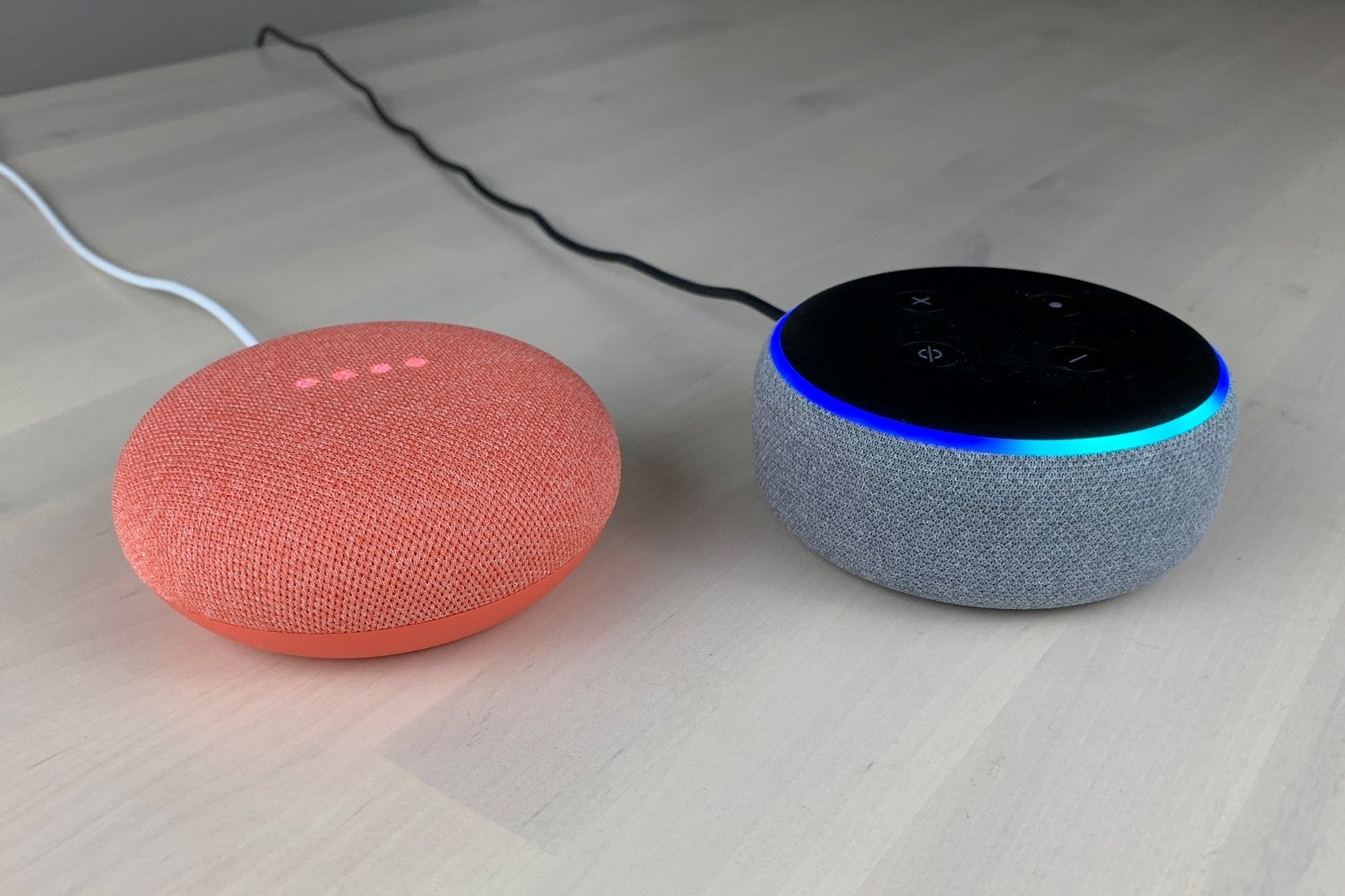
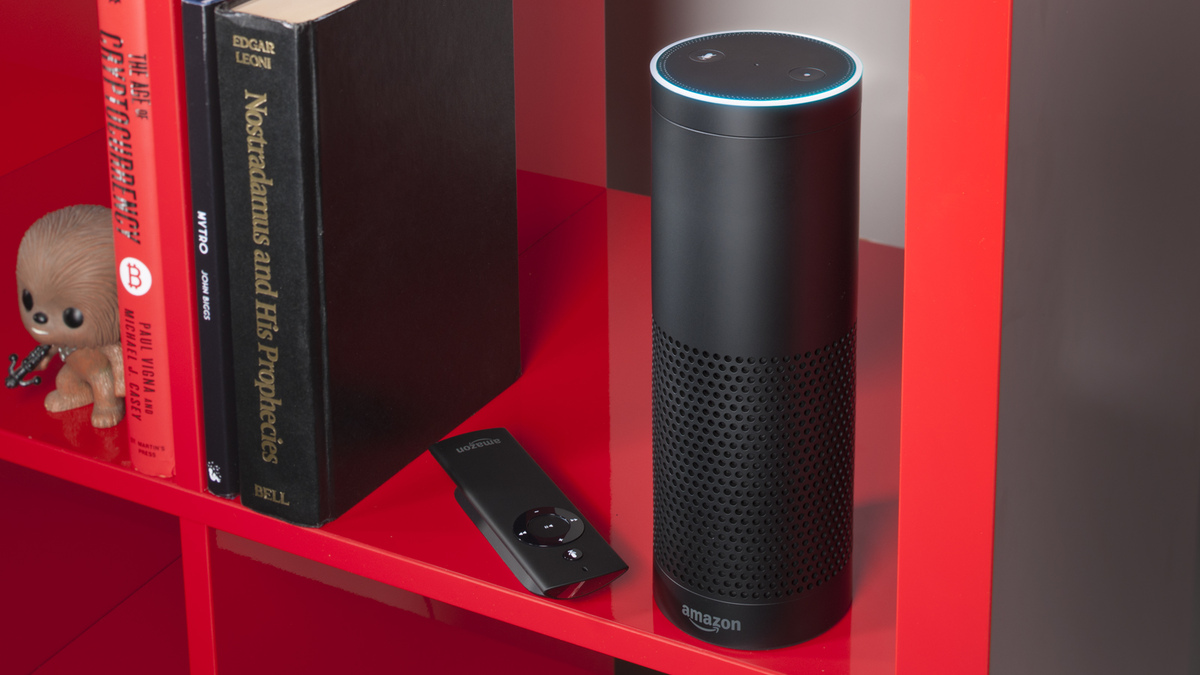

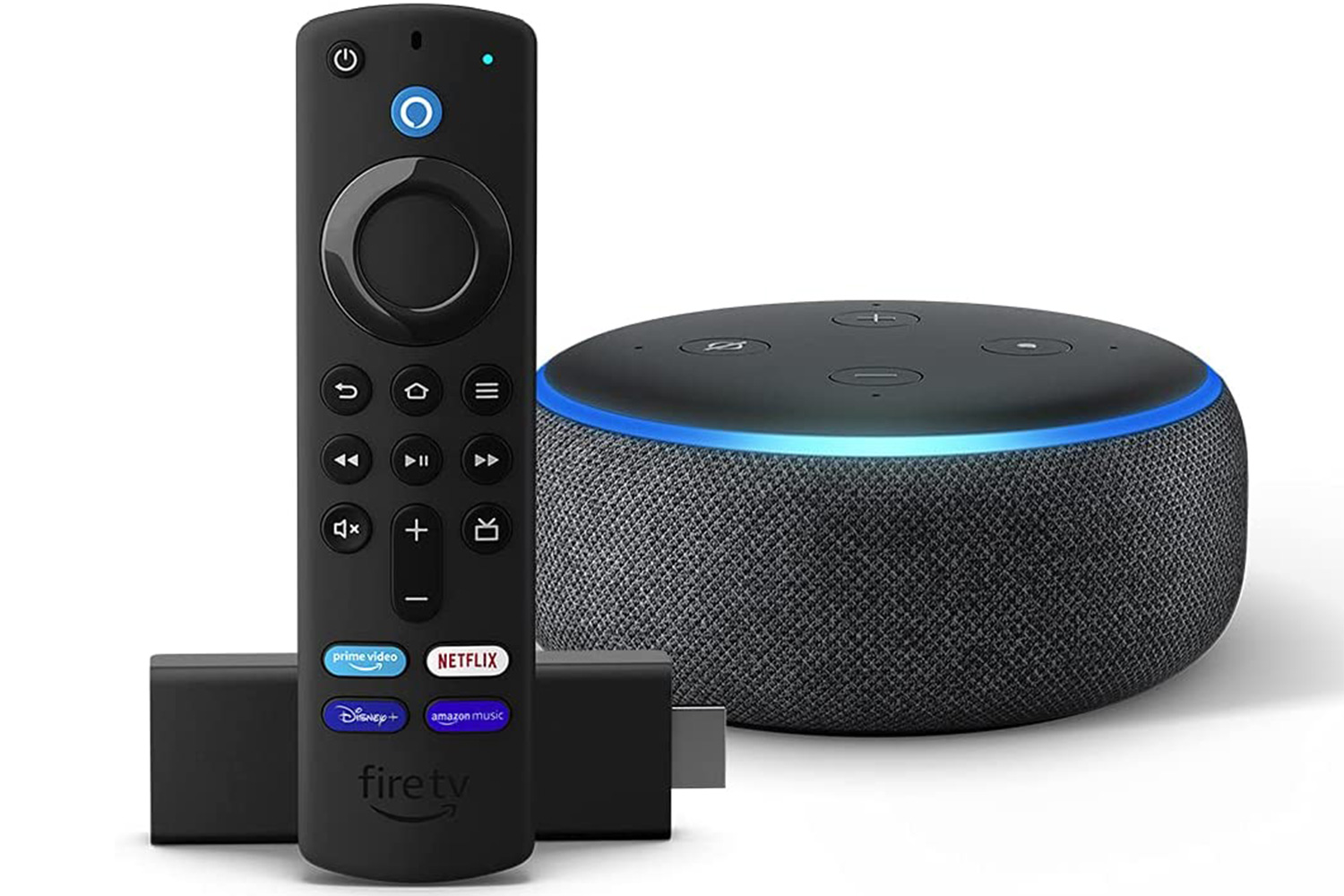
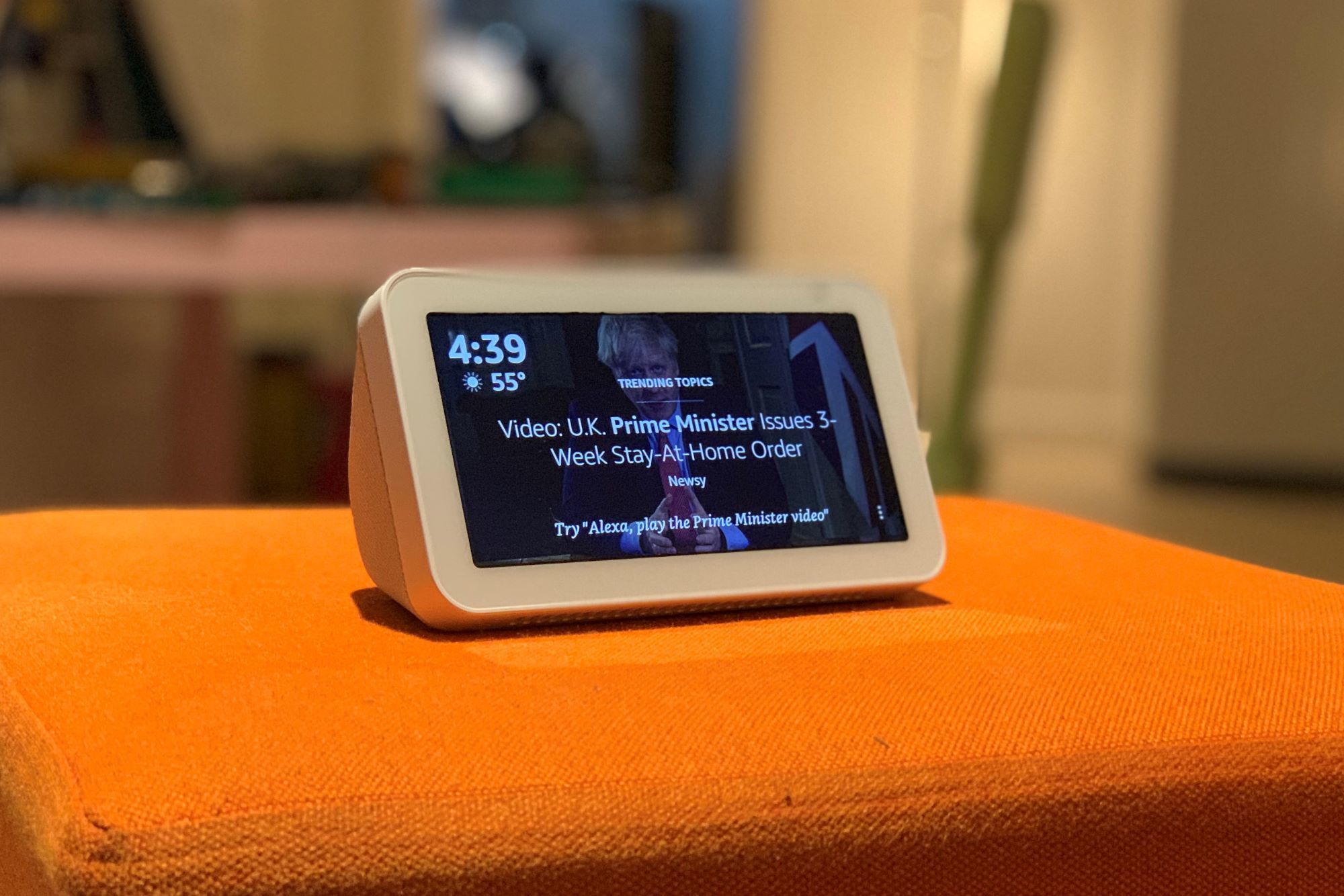
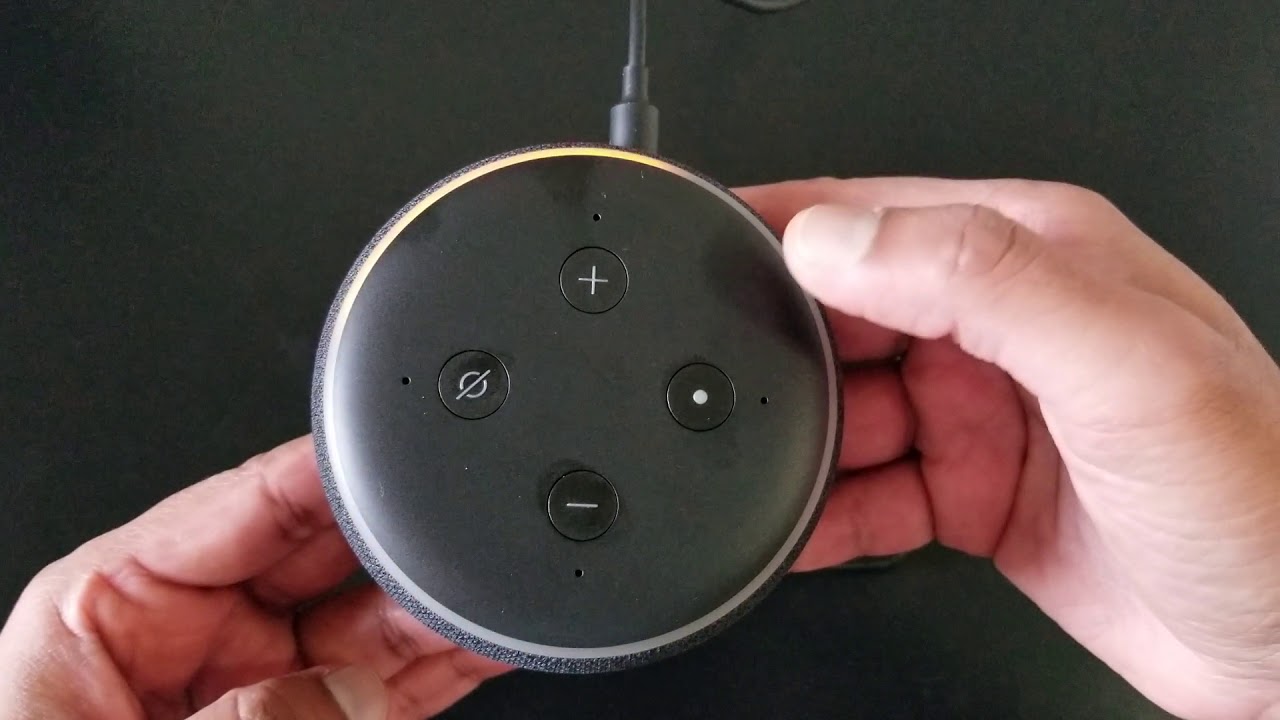

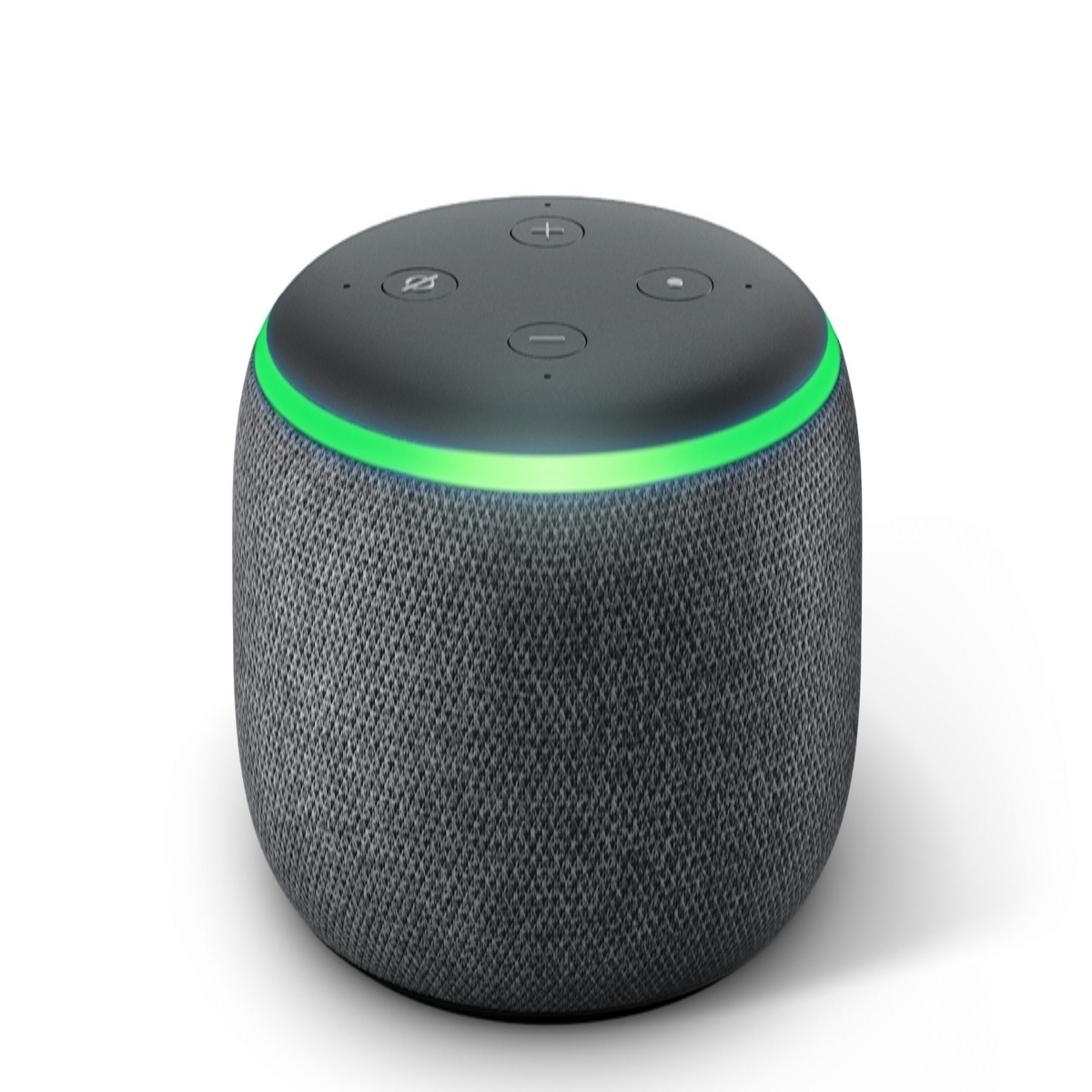




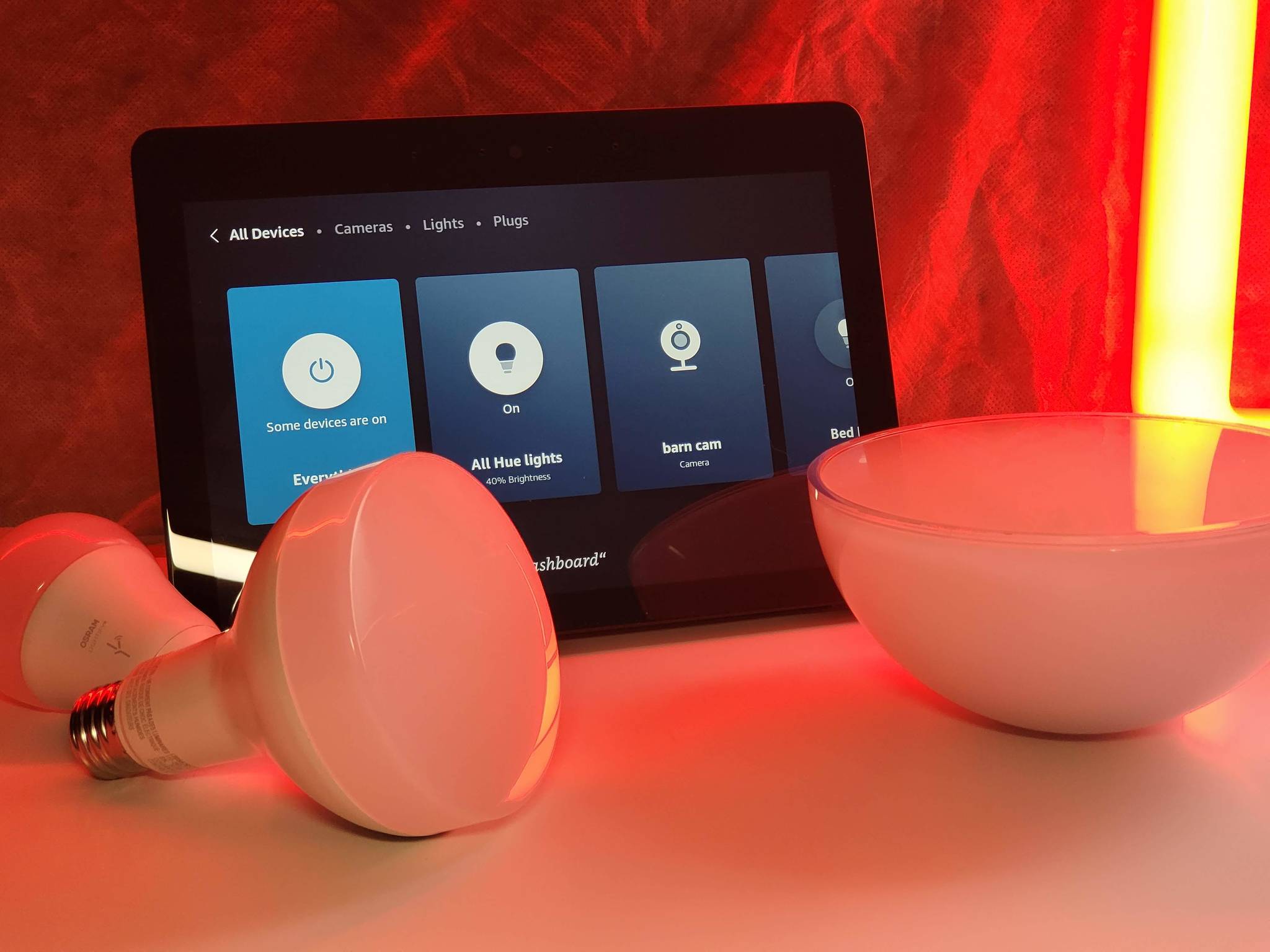
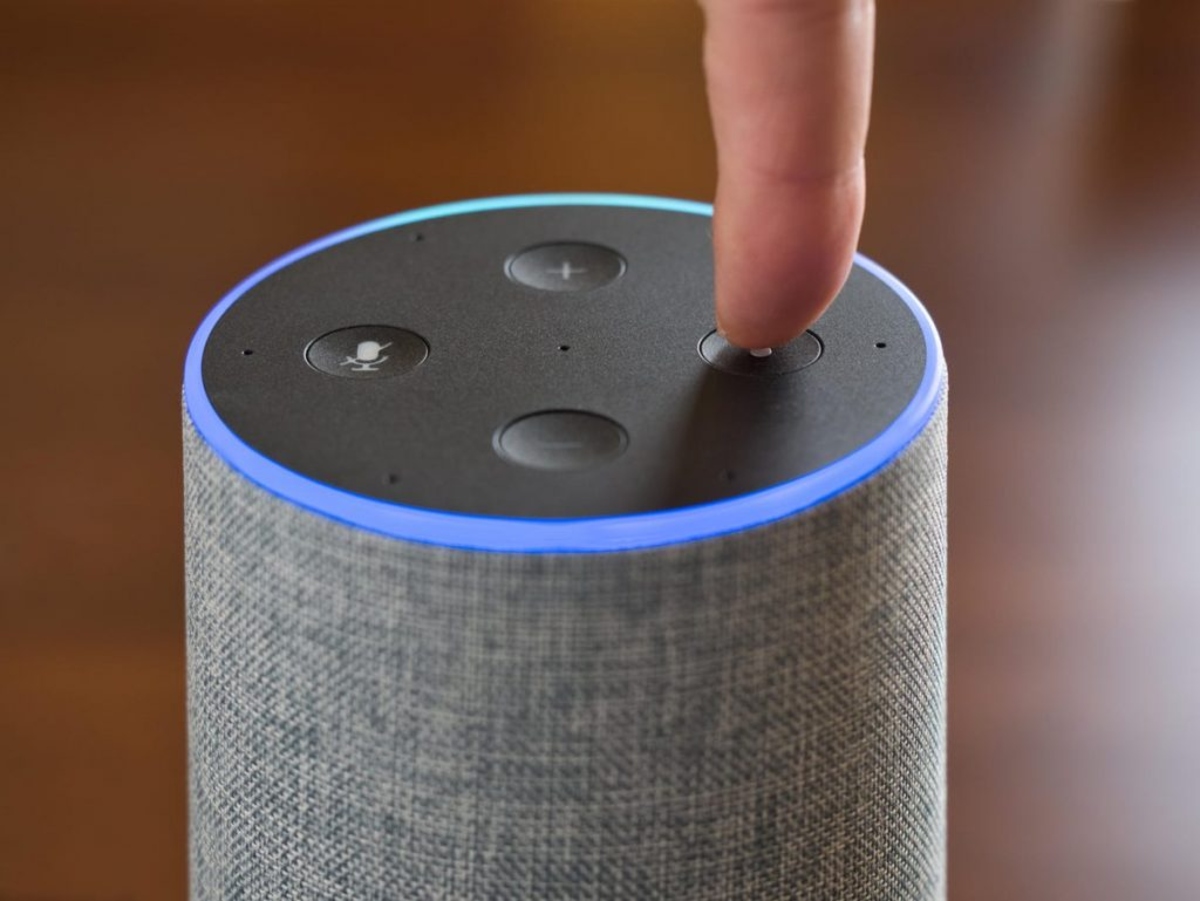
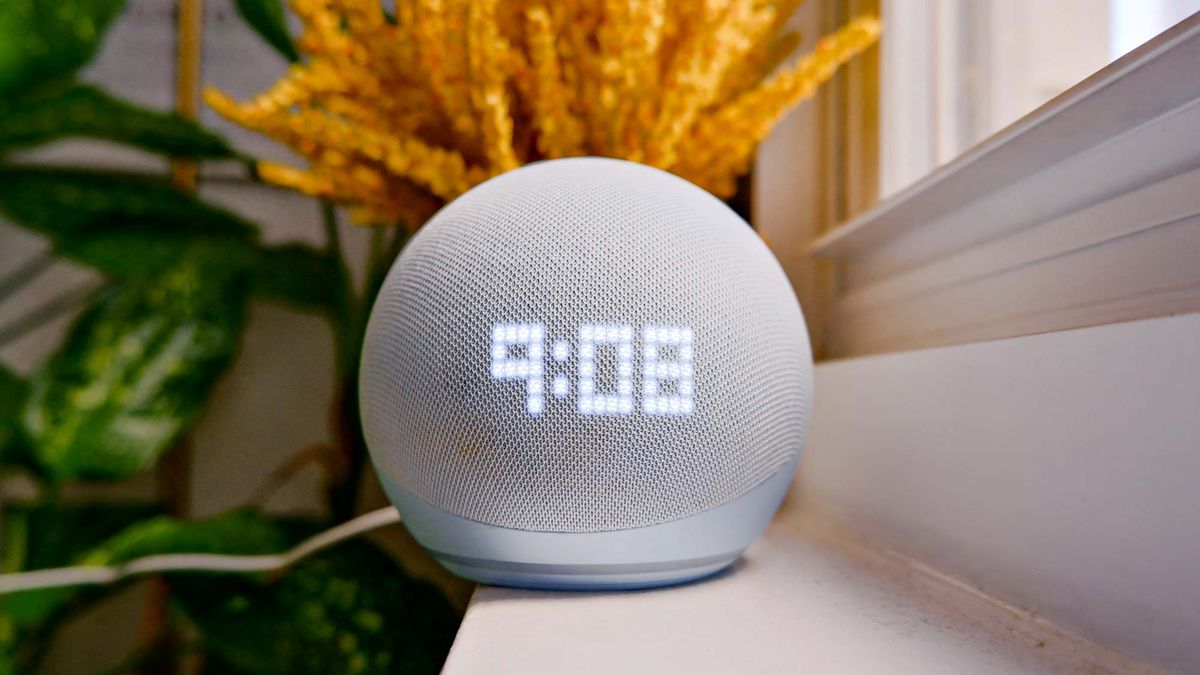

0 thoughts on “How To Turn Off Profanity Filter On Alexa”